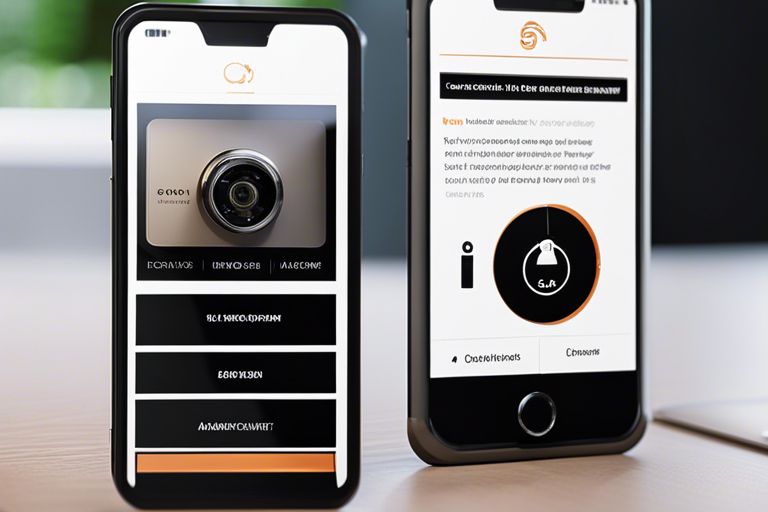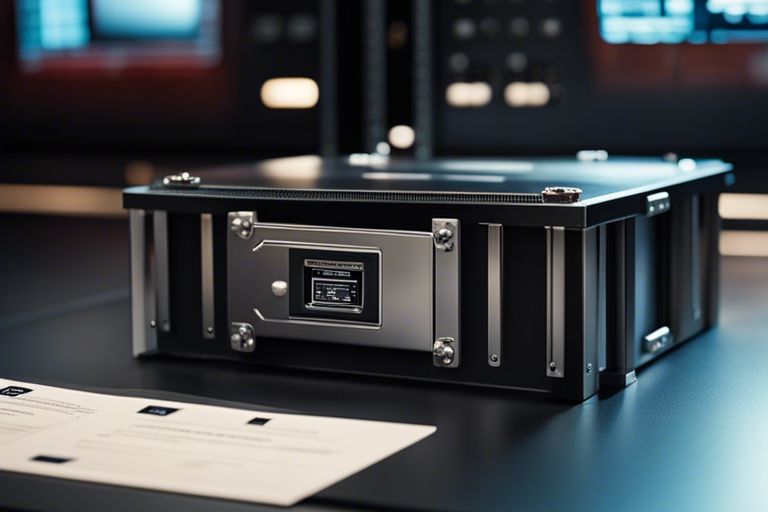About cybersecurity, measuring the effectiveness of your incident response plan is crucial. Understanding how well your team reacts to security incidents can make all the difference in mitigating potential threats and minimising their impact. In this blog post, we will look into the essential steps you need to take to measure your incident response effectiveness accurately. From assessing response times to evaluating communication protocols, we will cover the key indicators that will give you a clear picture of your organisation’s readiness to handle cyber threats. Stay tuned to learn how to identify weaknesses in your incident response plan and strengthen your defences against cyber attacks.
Key Takeaways:
- Establish clear metrics: Define key performance indicators (KPIs) to measure incident response effectiveness accurately.
- Regularly test incident response plan: Conduct drills and simulations to evaluate the team’s readiness and identify areas for improvement.
- Review and analyse incident data: Monitor and analyse trends in incident data to identify patterns and enhance response strategies.
- Document and learn from incidents: Document all incidents, including the response actions taken, to learn from past experiences and enhance future responses.
- Continuous improvement: Use insights gained from metrics and incident reviews to improve the incident response process continually.
Preparing for Incident Response
Establishing a Baseline for Response Times
Before venturing into incident response, it is necessary to establish a baseline for response times. This involves monitoring the time it takes for your team to detect, analyse, and respond to incidents. By understanding your current response times, you can identify areas for improvement and set realistic goals for your incident response process.
Defining Incident Response Metrics
Defining incident response metrics is crucial for measuring the effectiveness of your incident response capabilities. Metrics such as mean time to detect (MTTD), mean time to respond (MTTR) and mean time to resolve (MTTR) provide insights into how quickly your team can identify, contain, and resolve security incidents. By tracking these metrics over time, you can quantify improvements and demonstrate the effectiveness of your incident response strategies.
Implementing Incident Response Measurements
Tips for Effective Incident Response Drills
Regarding incident response, regular drills are vital to ensure your team is prepared for any situation. Here are some tips to make your incident response drills more effective:
- Plan your drills carefully, including different scenarios and objectives.
- Ensure all team members are trained on the latest best practices and procedures.
- Encourage collaboration and communication during the drills.
Recognisings the importance of realistic and regular drills will help your team better prepare for potential incidents.
Real-Time Monitoring and Analytics
Real-time monitoring and analytics play a crucial role in measuring the effectiveness of your incident response strategy. You can detect and respond to incidents promptly by implementing robust monitoring tools. AUtilisingdvanced analytics can provide valuable insights into trends and potential vulnerabilities in your systems, allowing you to take proactive measures to enhance your security posture.
Analysing Incident Response Outcomes
Factors Affecting Incident Response Effectiveness
- Team Training: A well-trained team can respond swiftly and effectively to incidents.
- Communication: Clear and concise communication can prevent misunderstandings during an incident.
- Resources: Sufficient resources such as tools and technology are crucial for a successful response.
The effectiveness of incident response can be influenced by various factors such as team training, communication, and availability of resources. The better prepared a team is, the more likely they are to respond effectively to incidents.
Reviewing and Interpreting the Data
When reviewing and interpreting the data from incident responses, looking for patterns and trends that can provide valuable insights into threats and vulnerabilities is essential. The data can help identify areas for improvement and optimisatione the incident response process.
Enhancing Incident Response Strategies
Continuous Improvement through Lessons Learned
Continuous improvement through lessons learned is crucial to enhancing incident response strategies. By conducting thorough post-incident reviews and analyses, organisations can identify weaknesses in their response plans and areas for improvement. Documenting and sharing these lessons with the team is imperative to ensure that the same mistakes are not repeated in the future. This iterative process of learning from past incidents helps organisations strengthen their incident response capabilities and become more resilient in the face of cyber threats.
Incorporating Feedback and Adapting Plans
Incorporating feedback and adapting plans is vital for the effectiveness of incident response strategies. Regularly seeking feedback from team members, stakeholders, and external partners can provide valuable insights into the strengths and weaknesses of existing response plans. By listening to feedback and being willing to adapt plans accordingly, organisations can stay ahead of evolving threats and ensure their incident response strategies remain relevant and practical.
Organisations should take feedback seriously, whether it highlights positive aspects of their response or areas that need improvement. By actively incorporating feedback into their incident response strategies, organisations demonstrate a commitment to continuous improvement and a proactive approach to addressing potential vulnerabilities. This ongoing feedback loop helps to refine response plans and ensure they are aligned with the current threat landscape, ultimately enhancing the organisation’s overall security posture.
Conclusion: How to Measure Incident Response Effectiveness
Measuring incident response effectiveness is crucial for organisations to enhance their cybersecurity posture. Organisations can evaluate the efficiency of their incident response processes by utilising key metrics such as Mean Time to Detect (MTTD) and Mean Time to Respond (MTTR). organisationsdback through post-incident reviews and conducting regular security training exercises are also vital in gauging the effectiveness of incident response strategies. Continuous improvement based on these measurements is essential in strengthening an organisation’s security resilience and readiness to tackle potential cyborganisation’sQ
Q: What is the importance of measuring incident response effectiveness?
A: Measuring incident response effectiveness is crucial as it helps organisations understand their ability to detect, respond to, and recover from sorganisationsents. It also allows for identifying gaps and areas for improvement in the incident response process.
Q: What are the key metrics used to measure incident response effectiveness?
A: Key metrics used to measure incident response effectiveness include Mean Time to Detect (MTTD), Mean Time to Respond (MTTR), and Mean Time to Recover (MTTR). These metrics help assess the efficiency of the incident response efforts.
Q: How can organisations assess the readiness of their incident response plan?
A: Organisatorganisationsss the readiness of their incident response plan through tOrganisationsises, simulated cyber-attacks, and post-incident reviews. These activities help identify weaknesses in the plan and ensure that it is effective in a real-world scenario.
Q: What role does automation play in improving incident response effectiveness?
A: Automation significantly improves incident response effectiveness by enabling rapid detection, containment, and response to security incidents. It helps reduce manual intervention, minimising response times and enhancing overall efficiency.






